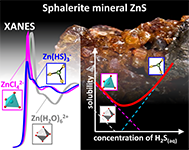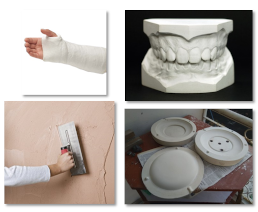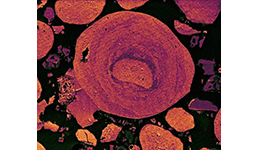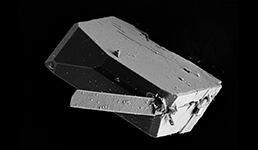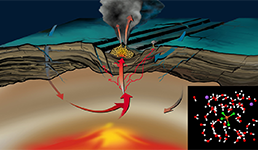Geo-resources
ESRF researchers are studying the underlying mechanisms of ore deposite formation. This research aims at providing innovative solutions for sustainable exploitations of ores, especially for industrial important elements that risk a supply disruption in near future.
Recent research topics
|
|
Elena Bazarkina (Post-Doc at CRG BM20/BM16/BM30) applies X-ray spectroscopy measurements (XANES, EXAFS, HERFD-XANES), Raman spectroscopy, coupling with FDMNES calculations and thermodynamic modeling to study the state and properties of metals in minerals and aqueous solutions. Collaboration with GET (Toulouse, France), Neel Institute (Grenoble, France), IGEM RAS (Moscow, Russia), and HZDR (Dresden, Germany). |
|
|
Michela La Bella (PhD at ID11) is working on the hydration process of hydraulic binders. Together, they use a multi- technique approach available at ID11 (3DXRD, single crystal diffraction, powder diffraction and phase contrast tomography) to follow in- situ reaction of calcium sulfate di-hydrate formation (gypsum). Depicting the microstructure of this material is important to understand all the mechanical properties of one of the most used construction material of the world. |
|
|
Clement Bonnet (PhD Student at BM23/ Univ. Montpellier), Manuel Munoz (Professor at the Univ. Montpellier) and Olivier Mathon (Scientist at BM23/ID24) are seeking for solutions for more sustainable exploitation of industrial important elements that risk of supply disruption in near future due to overconsumption of modern society. Such elements are Phosphor, Yttrium and Cadmium. They employ μXRF and μXAS techniques at BM23/ID24 to study the elemental distribution, speciation and concentration processes in natural environments. Such research is a major stake today, both for industry and for society. |
|
|
Harald Mueller (Chemistry Lab Manager),The Local Mineralogy Project: Initially a purely private initiative, collecting minerals in the Isère department has gradually evolved over the last ten years from a pastime activity into a more systematic search and identification of (local) and (occasionally hitherto unknown) mineral specimen. The expertise and active involvement of ESRF staff scientists (W. Crichton, M. Hanfland) and visitors (M. Merlini) as well as the characterization resources offered by the ESRF have been invaluable. |
|
|
Denis Testemal and Jean-Luis Hazemann (Scientists at FAME/BM30, FAME-UHD/BM16) investigate the mechanisms of metal transport by hydrothermal fluids through the study of metal and organics speciation as well as solvent structures. Their tool of choice is in situ X-ray absorption spectroscopy at ESRF, but also Raman scattering at Néel Institute (CNRS, Grenoble), both in specifically designed autoclave setups. |
